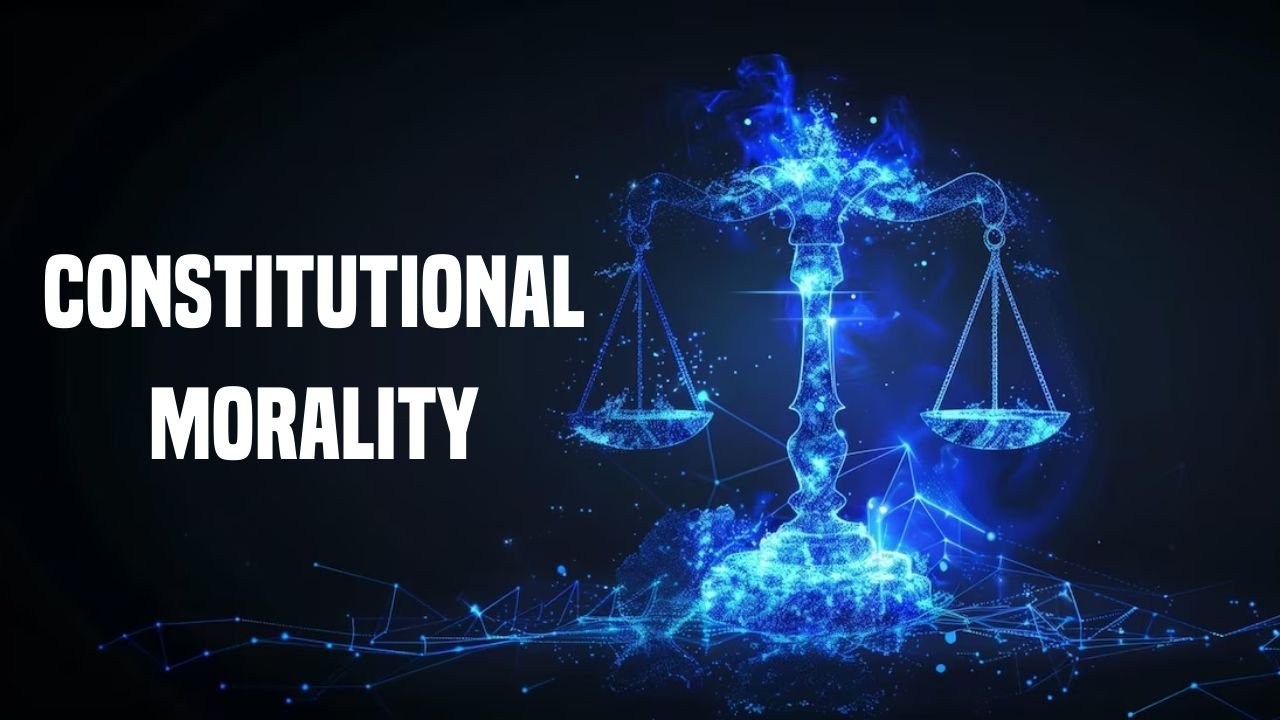The process for upgrading and downgrading of categorized Central Public Sector Enterprises (CPSEs) to higher or lower schedules has been simplified, with the finance minister now serving as the final authority for grading CPSEs.
Categorization of Central Public Sector Enterprises
- Central Public Sector Enterprises (CPSEs) in India are categorized into four schedules — A, B, C, and D — which influence their organizational structure and the salaries of Board-level incumbents. As of June 26, 2023, the categorization is as follows:
- Category A: 71 CPSEs (including NTPC, Indian Oil, ONGC, SAIL, BHEL)
- Category B: 68 CPSEs (including Air India Assets Holding, Cement Corporation, Garden Reach)
- Category C: 38 CPSEs
- Category D: 5 CPSEs
- Additionally, CPSEs are classified into four Ratna statuses — Maharatna, Navratna, Mini Ratna-I, and Mini Ratna-II — to define their financial and organizational powers.
Criteria for Ratna Status
- Maharatna:
- Must have Navratna status.
- Listed on the Indian stock exchange with the minimum prescribed public shareholding under SEBI regulations.
- Average annual turnover of more than ₹25,000 crore over the last three years.
- Average annual net worth of more than ₹15,000 crore over the last three years.
- Average annual net profit after tax of more than ₹5,000 crore over the last three years.
- Significant global presence/international operations.
- Navratna:
- Must be a Miniratna I and Schedule ‘A’ CPSE.
- Obtained an ‘excellent’ or ‘very good’ MOU rating in three of the last five years.
- Composite score of 60 or above in the following performance indicators:
- Net Profit to Net Worth: 25%
- Manpower Cost to Total Cost of Production or Cost of Services: 15%
- PBDIT to Capital Employed: 15%
- PBIT to Turnover: 15%
- Earnings Per Share: 10%
- Inter-Sectoral Performance: 20%
- Miniratna:
- Category-I:
- Profit in the last three years continuously.
- Pre-tax profit of ₹30 crore or more in at least one of the three years.
- Positive net worth.
- Category-II:
- Profit in the last three years continuously.
- Positive net worth.
- Category-I:
Additional Criteria for Miniratna Status
- Should not have defaulted in the repayment of loans/interest payments on any loans due to the Government.
- Should not depend on budgetary support or Government guarantees.
- These classifications and criteria aim to enhance the efficiency, competitiveness, and financial autonomy of CPSEs in India.
Process for Upgradation
The process for the upgrading and categorization of CPSEs involves several steps and criteria:
- Proposal Submission:
- All categorized CPSEs must submit proposals for upgrading their schedule to the Department of Public Enterprises (DPE).
- Proposals must have the approval of the respective Administrative Ministry or Department and the concurrence of the Financial Advisor.
- Approval of the Minister-in-charge of the Administrative Ministry/Department is also required.
- Content of Proposal:
- Quantitative Parameters:
- Investment
- Capital employed
- Net sales
- Profit before tax
- Number of employees and units
- Capacity addition
- Revenue per employee
- Qualitative Factors:
- National importance
- Complexities of problems faced
- Technology
- Expansion prospects and diversification
- Competition
- Share price
- Maharatna/Navratna/MiniRatna status
- ISO certification
- Quantitative Parameters:
- Examination and Approval:
- The DPE examines the proposal based on the above parameters.
- The Finance Minister is the final authority to approve the upgrade.
- Proposals do not need to be referred to the Cabinet Secretariat and the Public Enterprises Service Board (PESB).
- This streamlined process aims to facilitate efficient and timely decisions regarding the categorization and upgrading of CPSEs, ensuring they align with their performance and strategic importance.




